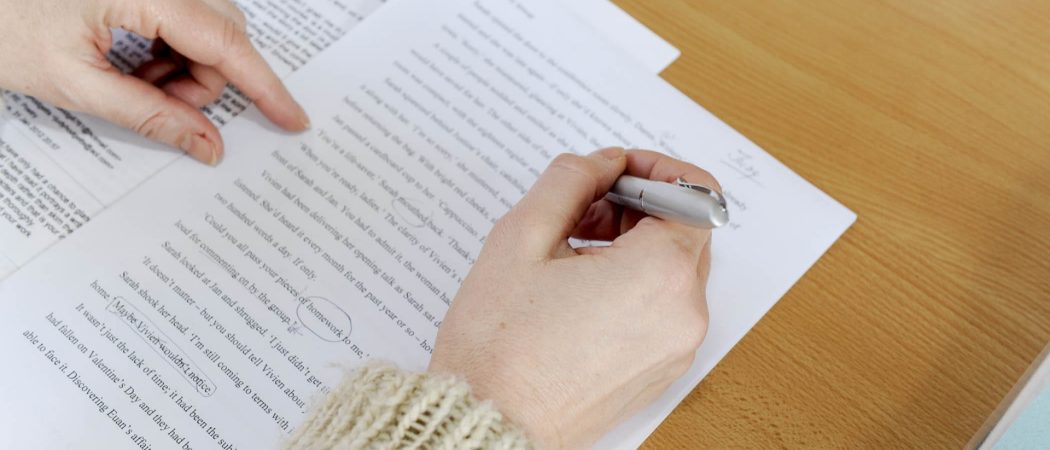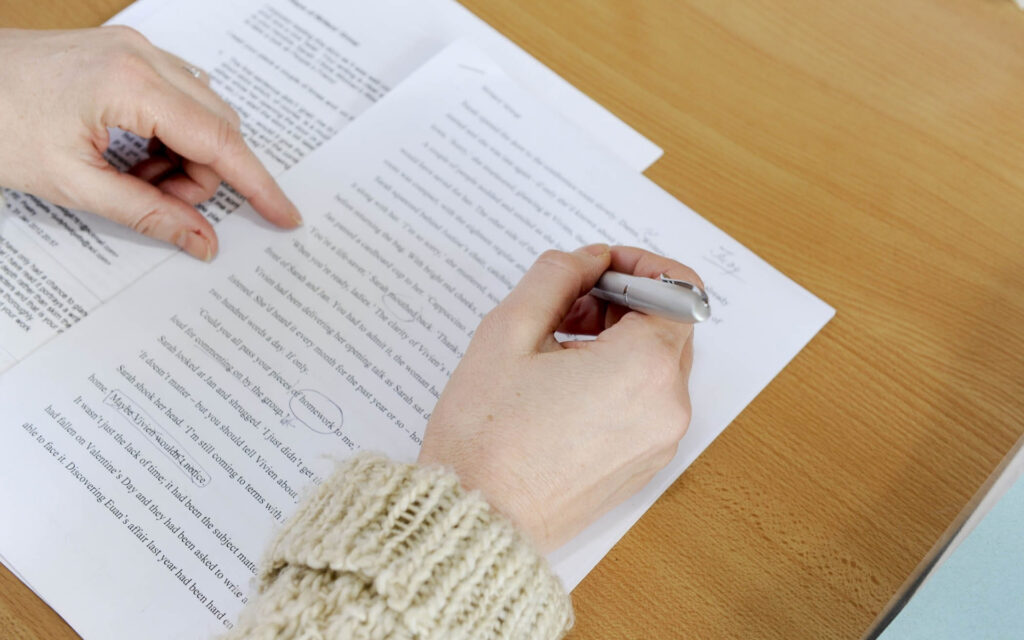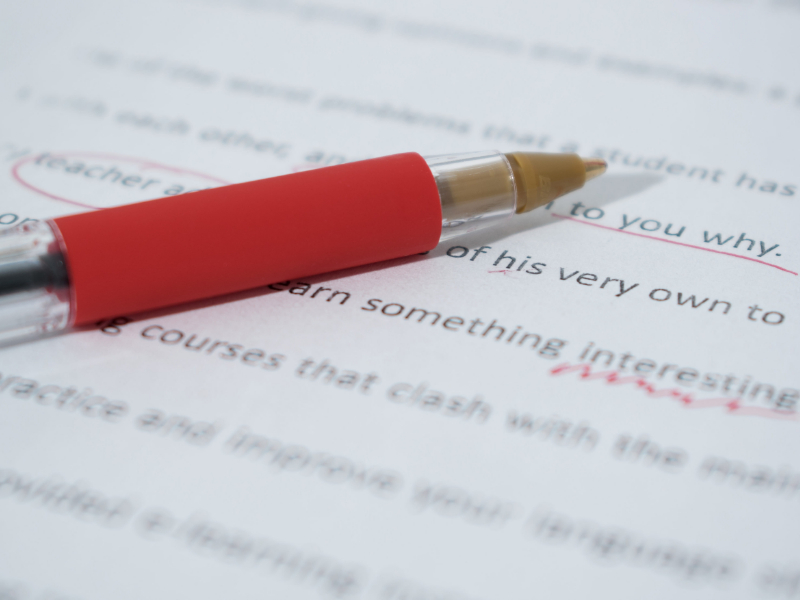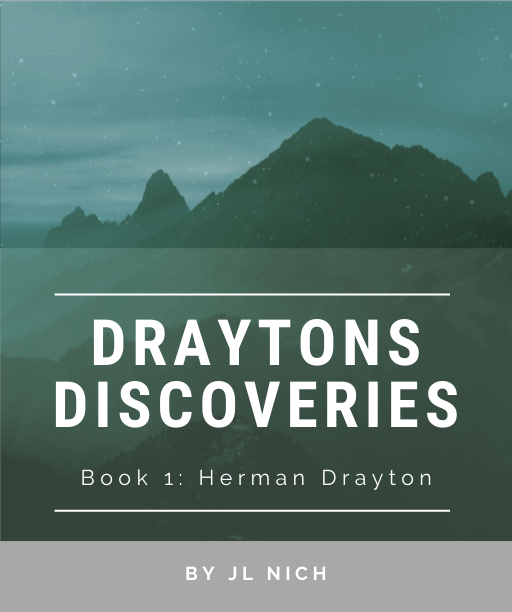
Banishing Book-ache Blues;
Becoming A Revisionary Writer
Should you be reading this article on revision and editing?
Are you a writer? Check. Have you finished Step 1? Uncertain?
Step 1 – Finish the first draft. Finish writing the words of your book. Get the book written even in all its glorious, horrible run-ons, poor transitions, crappy chapter headers, malformed sentences, and more. Write it out. Typity-type-type. Nobody cares if it’s a 60K word count or 130K. Nobody cares if you misspelled words that your text editor thought were words. Nobody cares if chapter two has only a 300-word count versus all other chapters having 2000. Nobody even cares that you changed the Main Characters name twice during the writing. Everything mentioned is either fixable or done on purpose and the author is the only one that knows or cares about it. Write the book. Okay, on with the good stuff.
Dulce et decorum est your first draft. This phrase is stolen and mangled from Horace (The Odes, Book III, ii. 13). I won’t explain how he was battling the government et. al. A little tempered Latin is good for the soul, IMHO. Anyway, this particular Latin says your book be it sweet, right and fitting, but in reality, it’s not finished and needs editing. Everyone’s first draft is as such and should be treasured but never published. Dulce et decorum est your first draft.
Now questions can be asked. How do I edit and why? How much is enough? You’ve written your glorious budding novel and you have to start figuring out the method of madness we call revision. These next few paragraphs may change your life.
Systematic ways to get your book from First Draft to Submission/Published are too numerous, and can possibly shrivel your interest in writing if you try and listen to every little nuance. What I’m offering here, for you the writer, is vital yet heady tips to edit at different levels. The must-dos, the can’t publish until. So now the First Draft is finished and that sucker is sitting on your desktop, laptop, iPhone, whatever… it’s there and waiting, let’s get busy.
Know your craft.
The main layers of editing are a pyramid of low to high (1 being the foundation):
- Taking A Picture from above – Development Editing –looking at Characters, plot, and pacing, talk to beta readers or alpha readers or a mentor about these things. There are a ton of courses for these. There is free stuff for these, just Google. Get the Kindle Subscription to get free books about these topics. This is the foundation of the pyramid and must be hardcore resolved.
- Looking into the window – Line Editing – Clarity, Flow, Polish, – a discovery world of importance, if anything spend the bulk of your revision here. Mentors and Beta readers can help with this but don’t let them steal your voice. You write it like you want to, regardless of advice. That is what makes your voice…your voice. The thing is there are so many ways to look at Line Editing. People need to understand what you are describing, so when you find these bits of confusion OVERWRITE. Explain the gizmo or new-fangled idea or magic fru-fru like a professor in college with a thesaurus vocabulary and then add some more. It is so much easier to take words away than to add them while editing. Select your word choice (i.e. shrivel instead of shrink, baton instead of a bat, crumble instead of breakdown, etc.). If you are writing humor, find some humorous words like silly, wiggle, fru-fru, and cutie-pie. Humor up your verbiage to add to the flow and polish. Go out to Pinterest and search for “Clarity Writing”, “Persuasive Writing”, “Polish My Writing”, “Word Choice Writing”, and many other examples of writing that you’d want to check out.
- Sitting down at the desk – Copy Editing – Fact-Checking, Consistency, Grammar (yes it has to be done). Sometimes the publisher will do this as well, but don’t count on it. A few beta readers are good for this though (aka more than one). And you can absolutely use Grammarly, ProWritingAid, apps that are made for this (again use more than one).
- Checking the rain gutters – Proofreading – Formatting, and Typos – if you are self-publishing, hire someone. If you are getting published, the publishers editing staff (aka someone with proofreading vision) should go over your writing with a fine-tooth comb and spit it back to you to make proofreading corrections. If they don’t, again, hire someone. I like to read my book backward and out loud, to find all the mistakes.
- Taking A Picture from above – Development Editing –looking at Characters, plot, and pacing, talk to beta readers or alpha readers or a mentor about these things. There are a ton of courses for these. There is free stuff for these, just Google. Get the Kindle Subscription to get free books about these topics. This is the foundation of the pyramid and must be hardcore resolved.
Believe it or not, these standard layers of editing are the easy part.
Know Your Craft

Now we talk about the endless breakdown of A, B, and C’s, finding more madness and more change to your work that will drive you insane.
- Each character needs a fully developed backstory to find their sense of purpose. As an author, you need to look at the elements of external and internal needs, desires, and flaws. To make it more personal look at quirks as well (i.e., income, job, age, location). An example, (LGBT STORY), might be MC1 needs to marry a wife before a specific date or lose the fortune Grandma left her, internally she needs to find love. She desires a smart chic classy woman, internally she is drawn to that rebel with tats and other T’s. The flaw, she is an ice queen and doesn’t socialize well. Quirk, she curses in Vulcan and has the entire box set of star trek videos.
- Clean-up should include knocking out useless words. Do a scan for “was”. Or combinations of “seemed to” or “wanted to”. Make these active sentences. Check for “just” and get rid of it. Combine shorter sentences.
For example:
Charity held onto the straps as the conveyer took her up. She spat out her hair as gravity whipped it into her face. The world of weightlessness was not her favorite, so far.
Change:
Charity held to the straps of the conveyer, spitting out hair as gravity whipped it weightless, not her favorite world so far.
- Check out modifying style by randomizing the types of sentences you use. If you only use action the story will become stunted. He did this. He did that. She moved there. Her face turned red. If you use a variety of types of sentences the paragraph will never sound monotonous or stunted.

Knock out useless words.
Here are five types of sentences: Action, Dialogue, Narrative, Exposition, and Inner Dialog.
And before you ask Narrative and inner dialogue are different, in that inner dialogue has a feeling associated with it…. where the narrative is a story. He read the back of the cereal boxes like he understood the chemical ingredients vs I hate cocoa puffs.
Other examples:
Action:
As I ride the trolley into San Francisco, I watch people walking along the sidewalks.
Dialogue:
“Hi, Henry. Haven’t seen you in forever.”
Narrative:
Wendy departed without saying much as was her way since her dad died in Afghanistan last year.
Exposition (key background comments or setting for the story):
I noticed the trees leaning down on the beach from the force of the hurricane winds, like they were old ladies at the bingo hall, searching for that elusive win.
Inner Dialogue:
I lied, Charles thought, but maybe she will forgive me.
Five types of sentences.

The Canid’s dark eyes stared over his muzzle of sharp teeth. His head and pointed ears resembled every version of ‘the big bad wolf’ in Little Red Riding Hood that Herman ever imagined. His visage was intimidating, as was the huge Canid form and the crazy long sharp claws. Herman ignored the immensity of the SO and looked at the star map. He found their location rapidly but a few of the surrounding markers were missing.
“Is that the original mapping that ISC gathered? Fascinating.”
Doha Spirito chuckled, almost sounding like a low growl. “I find it somehow off-putting that you could ignore the presence of a full-grown Canid male for a glance at an ancient star map.” His mouth opened as he grinned, his wicked sharp teeth gleaming out of his muzzle.
Herman gave a small shrug. “If you’ve seen one Canid, you’ve either been bitten or accepted.” He grinned at the wolfman.
Spirito’s pronounced brow ridge rose over his left eye. His steady gaze, full of energy, narrowed slightly to focus on his guest.
Herman lowered his gaze and bit his lip to suppress the laughter that wanted to escape from his ribbing the quiet and serious warrior.
A moment passed and Spirito relaxed his stare. “Actually, yes. This is the original star map from ISC.”
I’d also do a deep dive into the cumulative sentence or loose sentence structure. You can research them from The Writers Style by Paul Butler and by Googling both titles. There are some beautiful examples on Pinterest.
There you have it. Seven top tips. I hope you enjoyed this article. Please subscribe to my website if you want to be notified when I’ll be publishing or to get free samples of my work. Also, see my Patreon sign-up for exclusive access to additional articles and sneak peeks of my WIP chapter by chapter.
JL Nich, SFF Author


